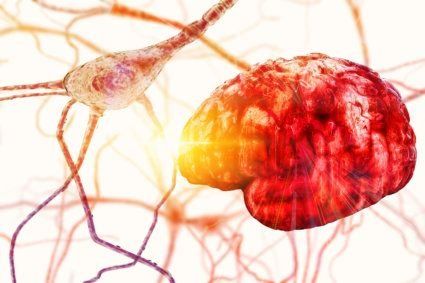Uncategorized
Neuroplasticity and brain health: exploring the potential for recovery

The human brain is a complex and remarkable organ that has the ability to adapt and change throughout our lives. This remarkable phenomenon is known as neuroplasticity. Neuroplasticity refers to the brain’s ability to reorganize itself by forming new neural connections and pathways, allowing for learning, memory, and recovery from injury or disease. In recent years, the concept of neuroplasticity has gained significant attention as researchers delve deeper into understanding its potential for promoting brain health and recovery.
Traditionally, it was believed that the brain’s capacity to change was limited to childhood and adolescence. However, groundbreaking research has shown that neuroplasticity persists throughout adulthood, offering hope for individuals who have experienced brain damage or cognitive decline due to aging, trauma, or neurological conditions.
One of the most remarkable examples of neuroplasticity is seen in individuals who have suffered a stroke. When a stroke occurs, a portion of the brain is deprived of oxygen and nutrients, resulting in damage to that specific area. In the past, it was commonly believed that the effects of a stroke were irreversible. However, studies have shown that other regions of the brain can rewire themselves to compensate for the damaged area. This rewiring enables stroke survivors to regain lost function, such as motor skills and speech, through intense rehabilitation and targeted therapies.
Neuroplasticity also plays a crucial role in the recovery of individuals with traumatic brain injuries (TBIs). Following a TBI, the brain may undergo structural and functional changes as it attempts to heal itself. With appropriate interventions, such as cognitive and physical rehabilitation, the brain can adapt and create new pathways to bypass damaged areas, allowing for functional recovery.
Beyond injury recovery, neuroplasticity has implications for maintaining and improving brain health in healthy individuals as well. Engaging in mentally stimulating activities, such as learning a new language, playing an instrument, or solving puzzles, has been shown to promote neuroplasticity. By challenging the brain with novel tasks, we can encourage the growth of new connections and enhance cognitive abilities.
In addition, physical exercise has been linked to improved brain health and neuroplasticity. Aerobic exercise, in particular, has been shown to increase the production of neurotrophic factors, which are responsible for the growth and survival of neurons. Regular exercise has been associated with enhanced memory, attention, and overall cognitive function.
Furthermore, mindfulness practices, such as meditation and yoga, have shown promise in promoting neuroplasticity and reducing the impact of stress on the brain. These practices have been found to increase the thickness of the prefrontal cortex, a region associated with executive functions and emotional regulation. They can also modify the brain’s response to stress by promoting the growth of new neurons and enhancing the connectivity between brain regions.
While the concept of neuroplasticity offers great hope for brain recovery and health, it is important to note that the extent and speed of recovery can vary widely among individuals. Factors such as age, severity of injury or condition, overall health, and individual motivation all play a role in determining the outcomes.
The discovery of neuroplasticity has revolutionized our understanding of the human brain’s capacity to recover and adapt. This newfound knowledge has opened doors for innovative approaches to rehabilitation and brain health promotion. By harnessing the power of neuroplasticity through targeted interventions, we can enhance the recovery process for individuals with brain injuries and potentially improve brain health and function in healthy individuals as well. With ongoing research and advancements in the field, the potential for neuroplasticity to transform lives and restore brain function is truly remarkable.


